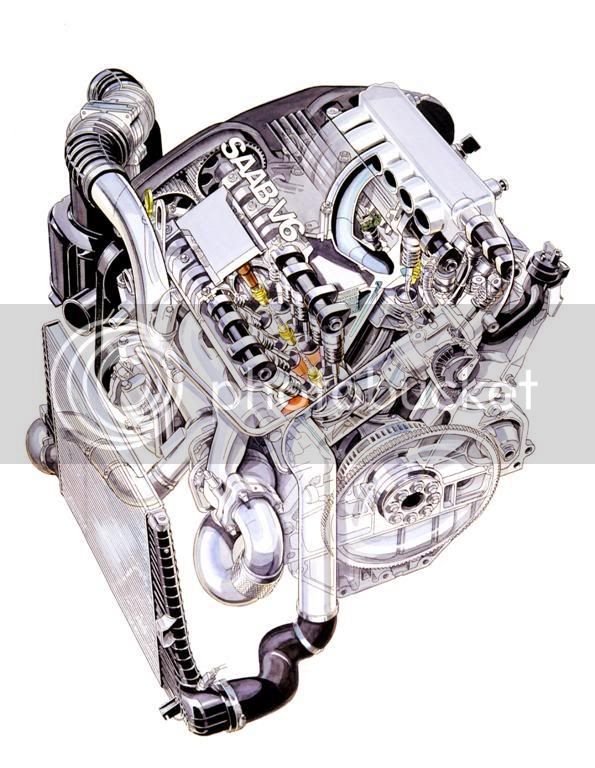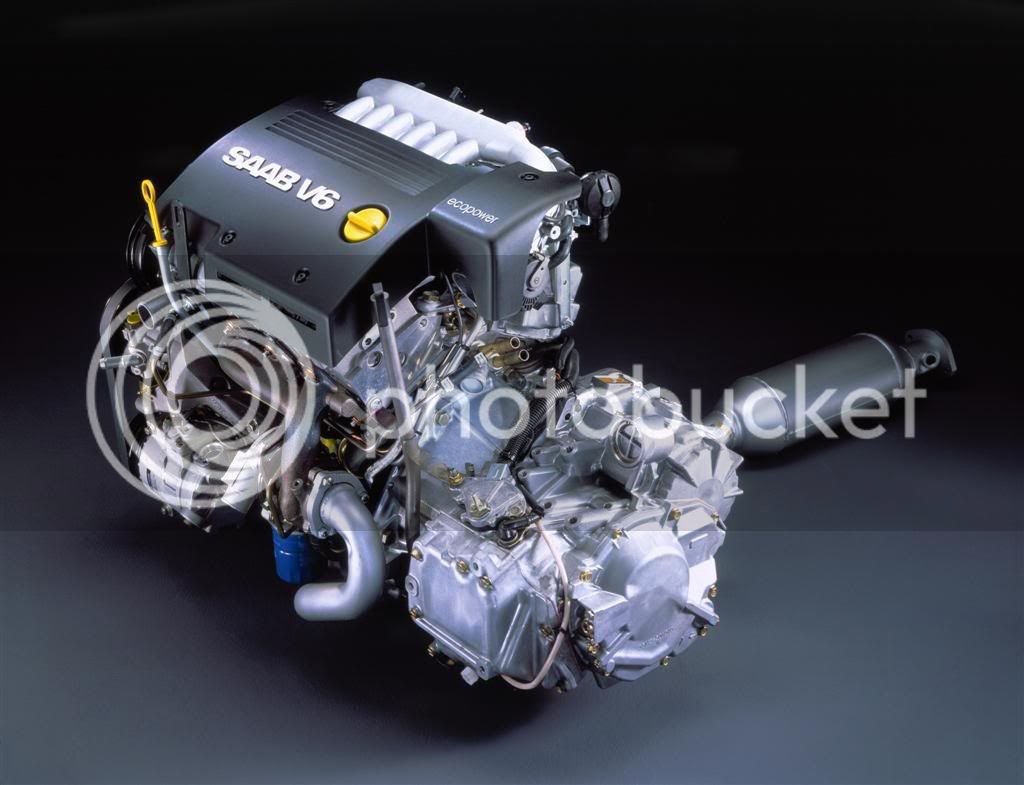JBrady
Active Member
- Messages
- 1,776
- Location
- Houston Texas
I have a 1999 LS400 with the 290hp/300tq VVTi 1UZ-FE engine and 5 speed automatic transmission.
The engine has 10.5 to 1 compression. The pistons and rods as well as transmission limit modification to maybe 400hp with any reliablility.
All things being equal it should take roughly 5psi of boost to reach 400 crankshaft horsepower (320-340rwhp).
From a weight, packaging and price standpoint a low mount single turbo seems to be the best option.
I can squeeze a T4/T3 sized turbo low into the passenger side engine compartment where the catalyst is currently located. Here is where things get DIFFERENT.
I am strongly leaning towards running ONLY the passenger side exhaust to the turbo. I will size the compressor for 2 liters and the compressor for 4 liters.
This will create a different exhaust flow/pressure dynamic for the passenger side vs. the drivers side. While this will bother many it should not be a problem especially since our engines have very minimal valve overlap. I can leave the drivers catalyst unchanged. Run a larger pipe from the turbo outlet to a catalyst.
This is the least complicated way to create a low boost turbosystem on a V engine. I may even retain the stock passenger exhaust manifold. For a maxium effort high boost design asymetrical design is not recommended but for this limited output design goal it may make the most sense of any boost option.
An additional benefit to this design is if a high boost upgrade becomes desireable by rebuilding the engine with stronger pistons and rods AND a stronger transmission is incorporated... the addition of another turbo of the same specification would then twin turbocharge the engine with power potential exceeding 800hp.
Saab built asymetrical turbocharged lpt V6 engines from 1999 thru 2003.
Here is the 1999-2003 Saab asymetrical V6 with only the front 3 exhaust ports powering the turbo to a max of 3.6 psi


The engine has 10.5 to 1 compression. The pistons and rods as well as transmission limit modification to maybe 400hp with any reliablility.
All things being equal it should take roughly 5psi of boost to reach 400 crankshaft horsepower (320-340rwhp).
From a weight, packaging and price standpoint a low mount single turbo seems to be the best option.
I can squeeze a T4/T3 sized turbo low into the passenger side engine compartment where the catalyst is currently located. Here is where things get DIFFERENT.
I am strongly leaning towards running ONLY the passenger side exhaust to the turbo. I will size the compressor for 2 liters and the compressor for 4 liters.
This will create a different exhaust flow/pressure dynamic for the passenger side vs. the drivers side. While this will bother many it should not be a problem especially since our engines have very minimal valve overlap. I can leave the drivers catalyst unchanged. Run a larger pipe from the turbo outlet to a catalyst.
This is the least complicated way to create a low boost turbosystem on a V engine. I may even retain the stock passenger exhaust manifold. For a maxium effort high boost design asymetrical design is not recommended but for this limited output design goal it may make the most sense of any boost option.
An additional benefit to this design is if a high boost upgrade becomes desireable by rebuilding the engine with stronger pistons and rods AND a stronger transmission is incorporated... the addition of another turbo of the same specification would then twin turbocharge the engine with power potential exceeding 800hp.
Saab built asymetrical turbocharged lpt V6 engines from 1999 thru 2003.
Here is the 1999-2003 Saab asymetrical V6 with only the front 3 exhaust ports powering the turbo to a max of 3.6 psi







